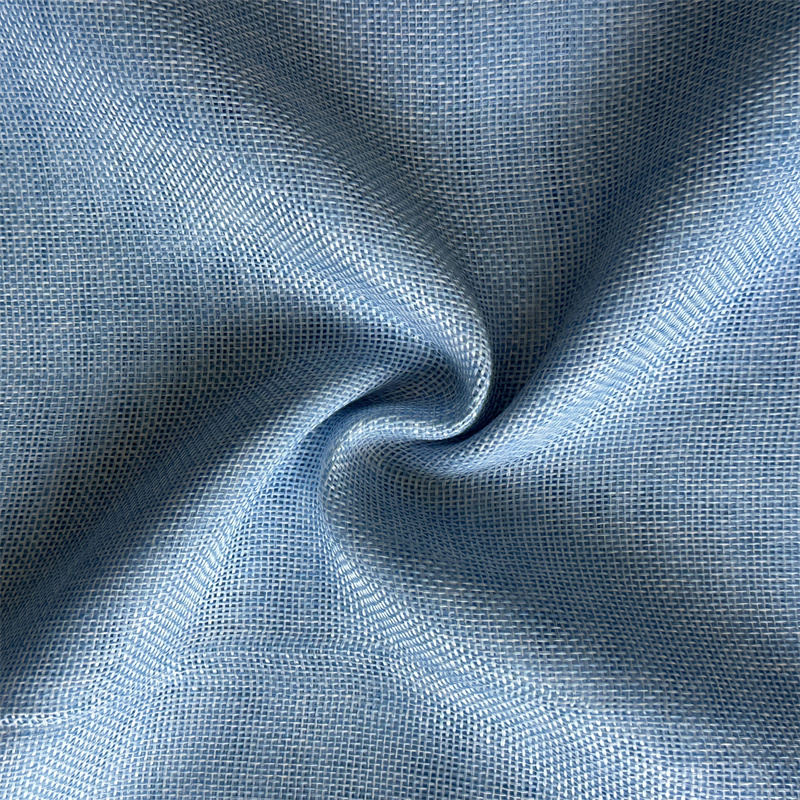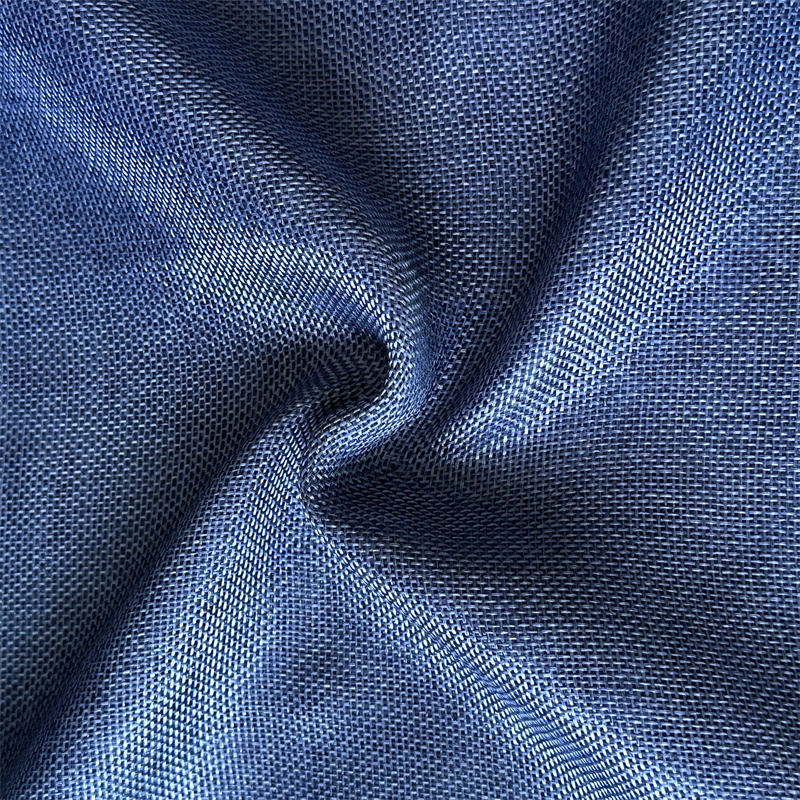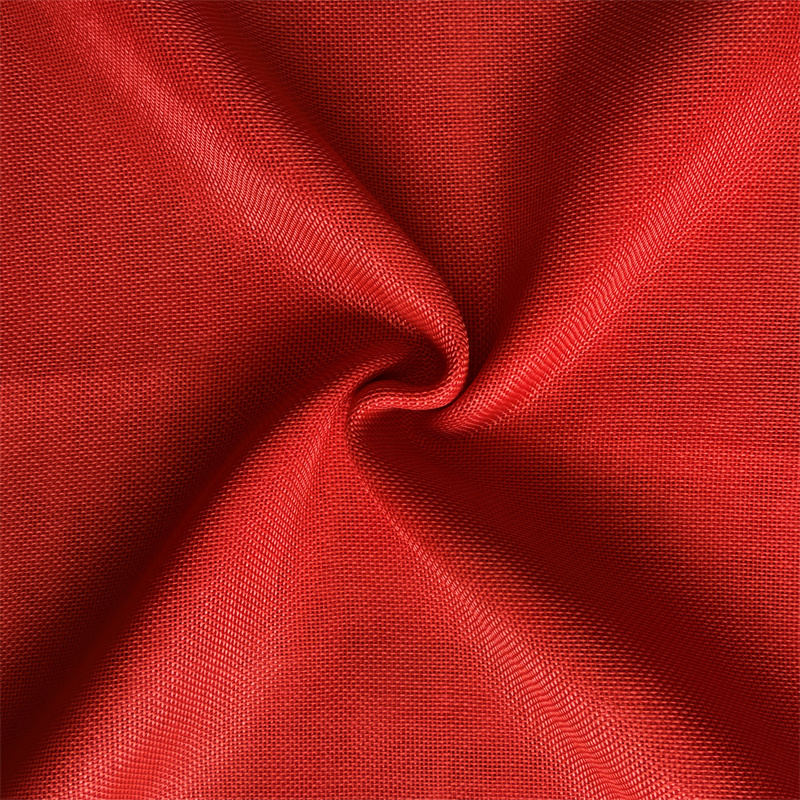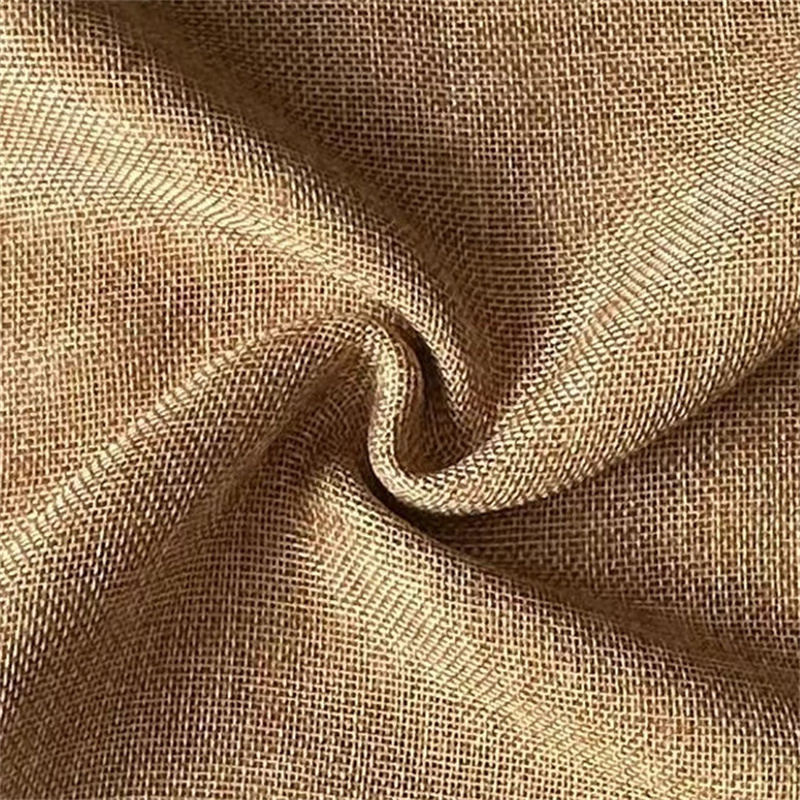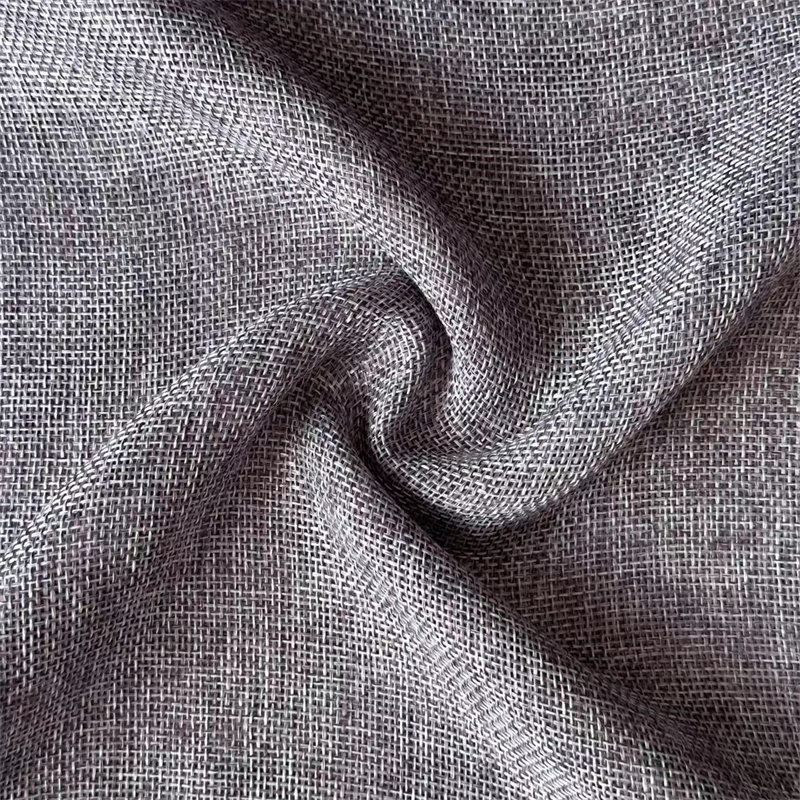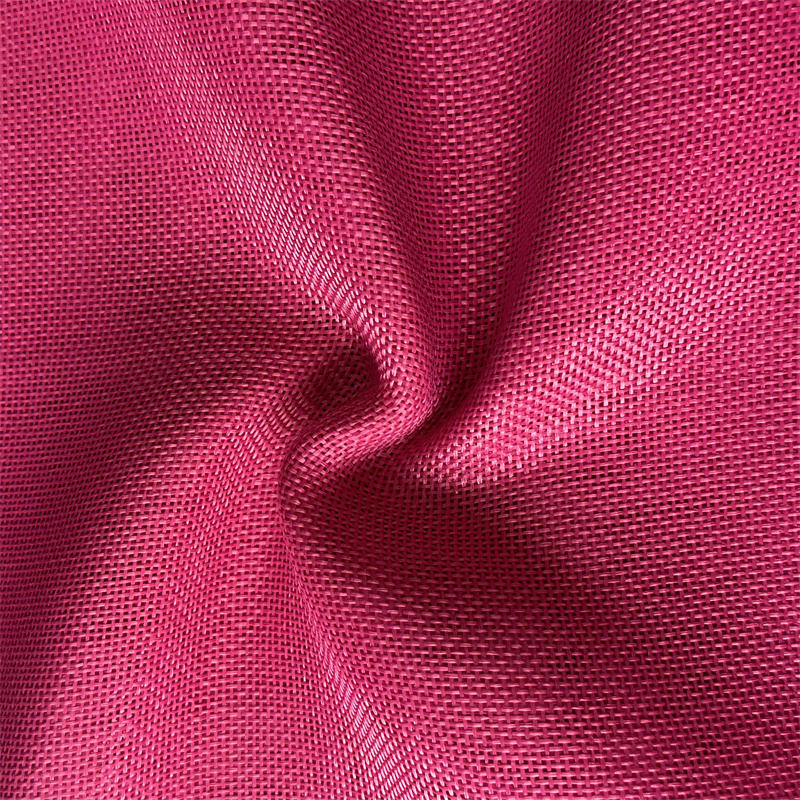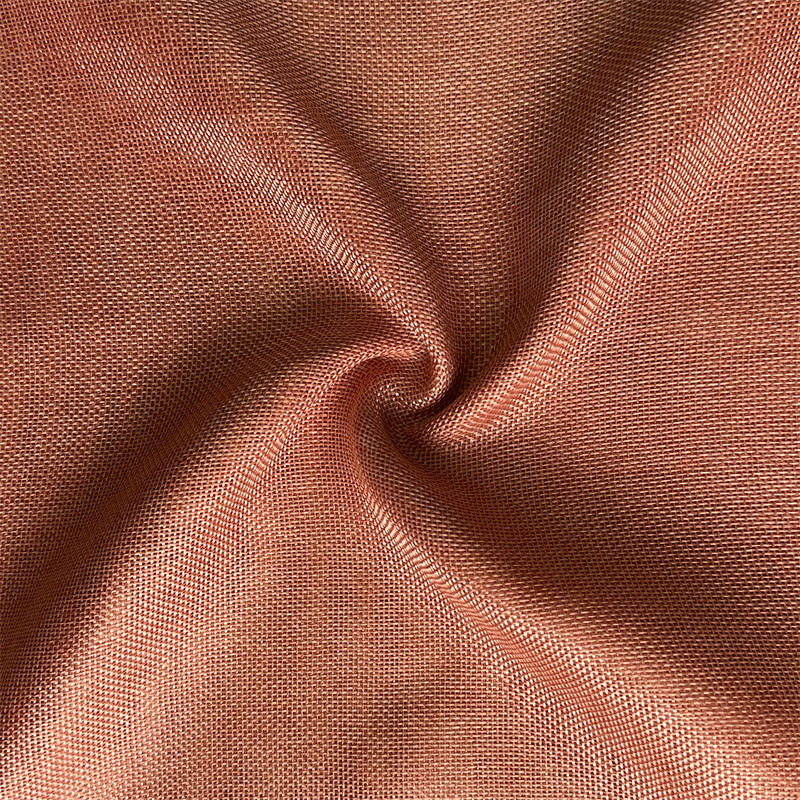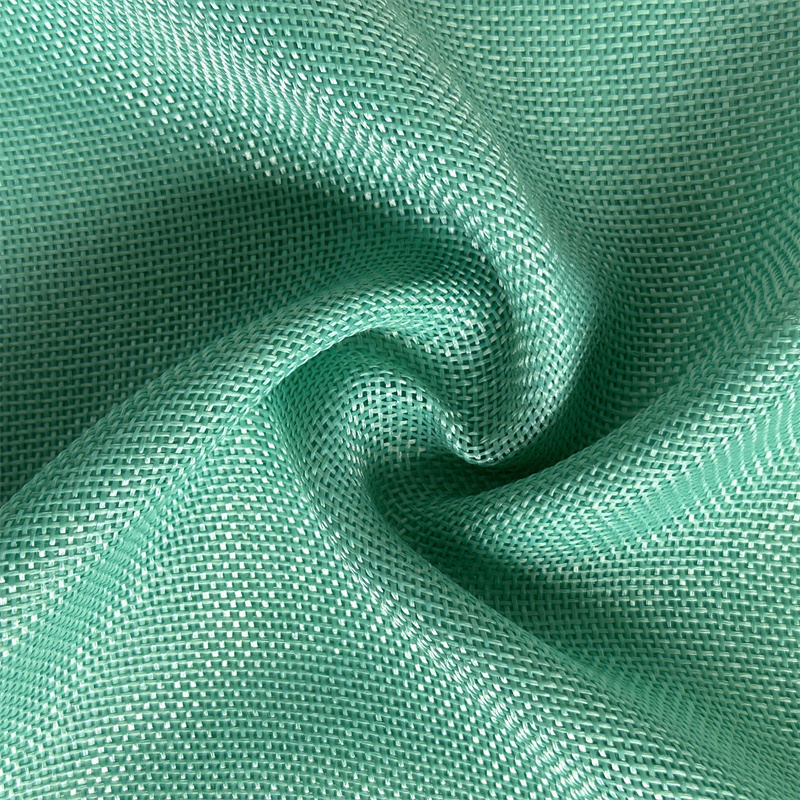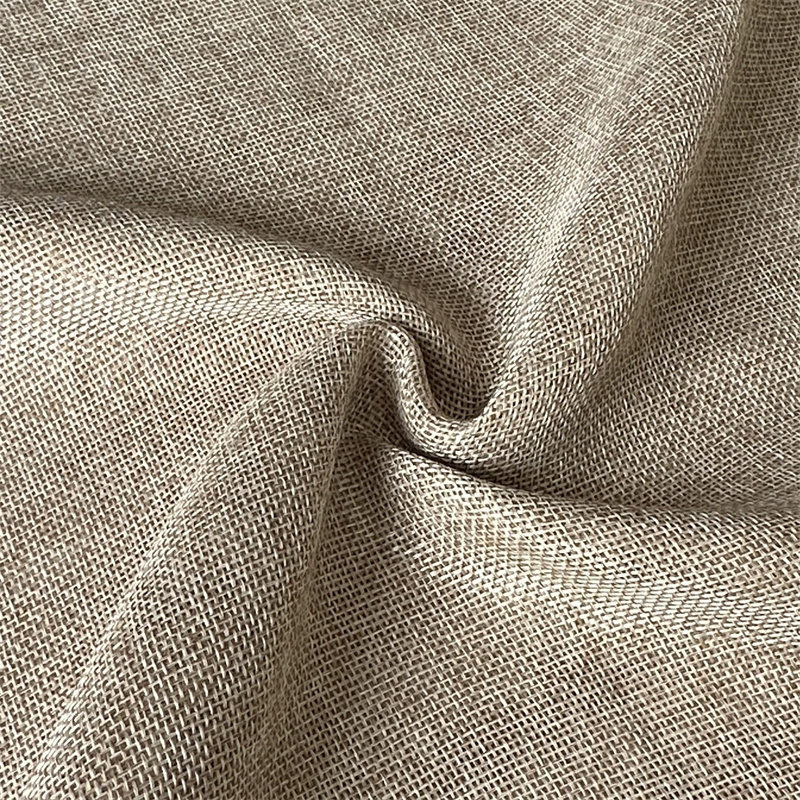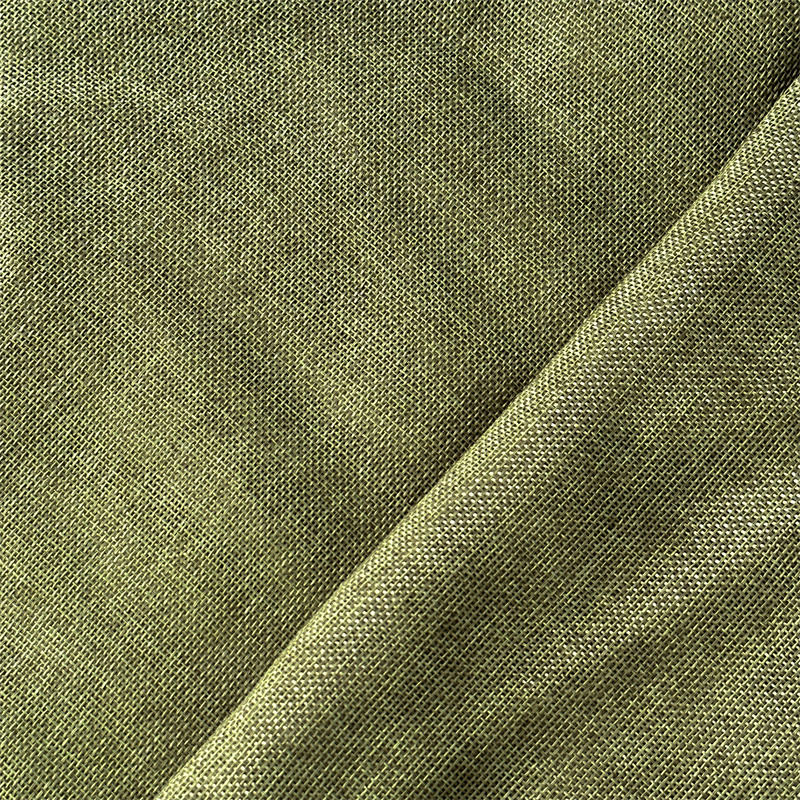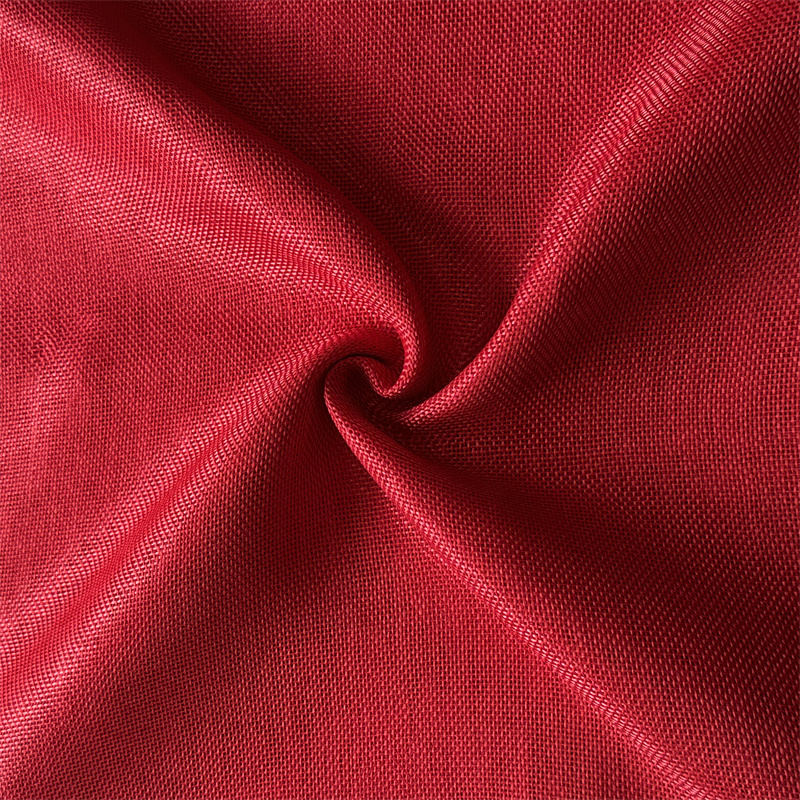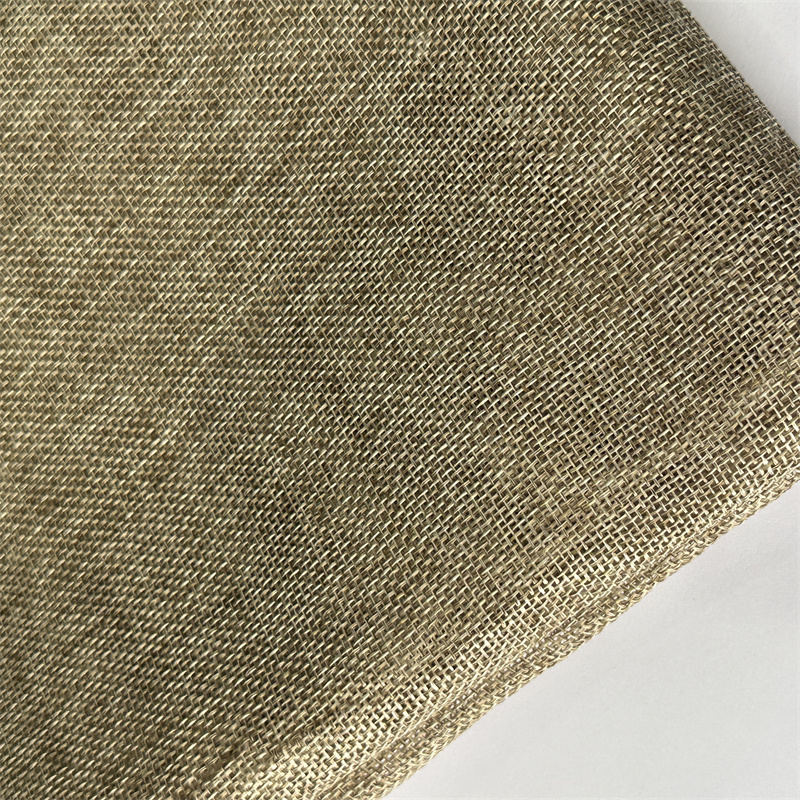Satin has long been admired for its smooth texture, glossy surface, and luxurious feel. In the fashion and textile industry, satin fabric is not just a material—it’s a statement of elegance and refinement. Among the many varieties, Eight Beautiful Satin Fabric refers to eight distinct types of satin that stand out for their appearance, texture, and usage versatility. Whether you’re a designer, a tailor, or a home décor enthusiast, knowing the differences between these satin fabrics can help you choose the right one for your project.
1. What Is Satin Fabric?
Satin is a type of weave characterized by a glossy front surface and a dull back. It’s not defined by fiber content but by its weave structure, which involves floating yarns over multiple threads to create its signature sheen. Satin can be made from silk, polyester, nylon, acetate, or blends.
The “Eight Beautiful Satin Fabrics” are a curated set of satin types celebrated for their luxurious look, smooth touch, and adaptability in fashion and home textiles.
2. The Eight Beautiful Satin Fabric Types
Below are the eight satin fabrics most commonly recognized in the fashion and textile industries for their beauty and utility:
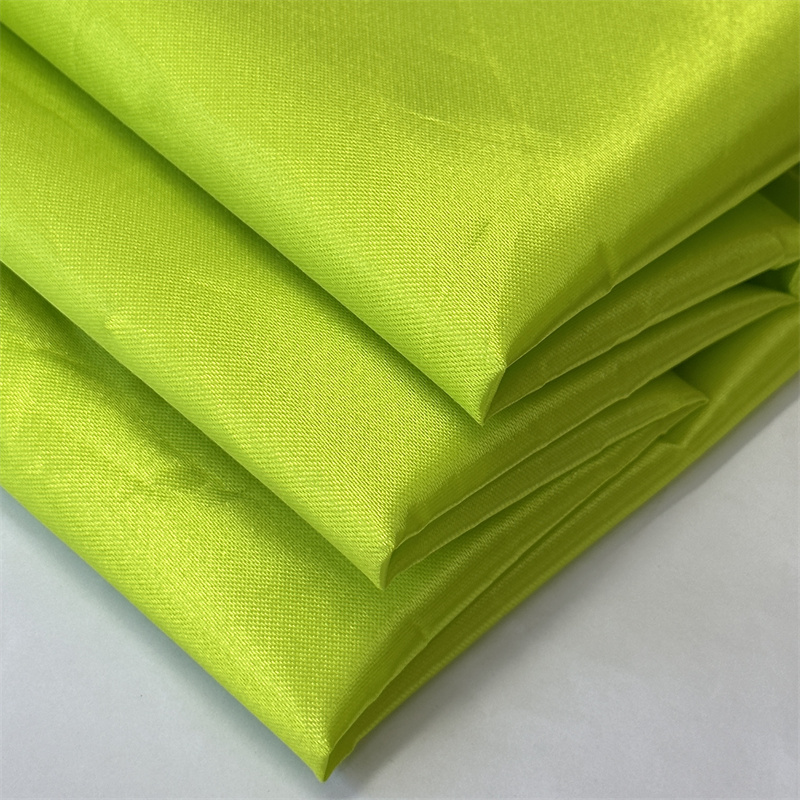
- Charmeuse Satin – Lightweight, silk-like drape, soft and shiny.
- Duchess Satin – Heavy, stiff, ideal for formal gowns and structured garments.
- Crepe Back Satin – Reversible, one side smooth satin, the other textured crepe.
- Baronet Satin – High-gloss rayon warp with cotton weft, very lustrous.
- Antique Satin – Soft, muted sheen, often used for vintage-style garments.
- Messaline Satin – Extremely lightweight and soft, excellent for evening dresses.
- Slipper Satin – Durable, tightly woven, used for shoes and upholstery.
- Polyester Satin – Affordable, versatile, easy-care satin for a wide range of uses.
3. Key Characteristics of Satin Fabrics
- Shine and Smoothness – Created by the floating yarn weave.
- Drape – Satin flows gracefully, making it ideal for gowns and curtains.
- Fiber Variability – Can be made from silk for luxury or polyester for affordability.
- Color Depth – Satin’s sheen enhances dye vibrancy.
- Versatility – Suitable for clothing, home décor, accessories, and crafts.
4. Applications of the Eight Beautiful Satin Fabrics
- Fashion – Wedding dresses, evening gowns, lingerie, ties.
- Home Décor – Curtains, cushion covers, table runners.
- Accessories – Handbags, shoes, scarves, belts.
- Event Decoration – Chair sashes, backdrops, tablecloths.
5. Advantages of Using Satin Fabric
- Luxurious Appearance – Elevates the look of garments and interiors.
- Soft Comfort – Smooth surface feels gentle against the skin.
- Versatile Styles – Suitable for both flowing and structured designs.
- Durable Options – Certain satin types, like slipper satin, resist wear and tear.
6. Comparison Table: Eight Beautiful Satin Fabric Types
| Satin Type | Fiber Content | Weight / Feel | Best Uses | Shine Level | Care Instructions |
|---|---|---|---|---|---|
| Charmeuse Satin | Silk / Polyester | Lightweight, fluid | Blouses, lingerie, gowns | High | Dry clean / gentle wash |
| Duchess Satin | Silk / Polyester Blend | Heavy, structured | Wedding gowns, formal jackets | Medium-High | Dry clean |
| Crepe Back Satin | Polyester / Silk | Medium weight, dual | Reversible garments, dresses | Medium | Gentle wash / dry clean |
| Baronet Satin | Rayon & Cotton Blend | Medium weight, lustrous | Costumes, luxury interiors | Very High | Dry clean |
| Antique Satin | Acetate / Rayon | Soft, vintage feel | Draperies, vintage-style dresses | Medium | Dry clean |
| Messaline Satin | Silk / Polyester | Ultra-light, delicate | Evening wear, scarves | High | Dry clean only |
| Slipper Satin | Cotton / Polyester | Firm, durable | Shoes, upholstery | Medium | Spot clean / gentle wash |
| Polyester Satin | 100% Polyester | Varies, affordable | Everyday garments, décor | Medium-High | Machine washable |
7. How to Choose the Right Satin Type
- For Formal Wear – Choose duchess satin or charmeuse for elegance.
- For Drapery – Antique satin provides a timeless look.
- For Durable Accessories – Slipper satin offers strength.
- For Budget Projects – Polyester satin balances cost and appearance.
- For Multi-Use Garments – Crepe back satin provides versatility.
8. Care Tips for Satin Fabrics
- Always check the fiber content before washing—silk satin is more delicate than polyester satin.
- Use a gentle detergent and cold water for hand washing.
- Avoid wringing or twisting; lay flat or hang to dry.
- Iron on the reverse side at low heat, or use a pressing cloth to protect the sheen.
Conclusion
The Eight Beautiful Satin Fabrics each have their own charm, from the fluid drape of charmeuse to the structured elegance of duchess satin. Understanding their differences in fiber content, weight, and application can help you select the perfect satin for your specific fashion or home décor project. With the right choice, satin can transform a simple design into something truly luxurious and unforgettable.


 中文简体
中文简体 Español
Español